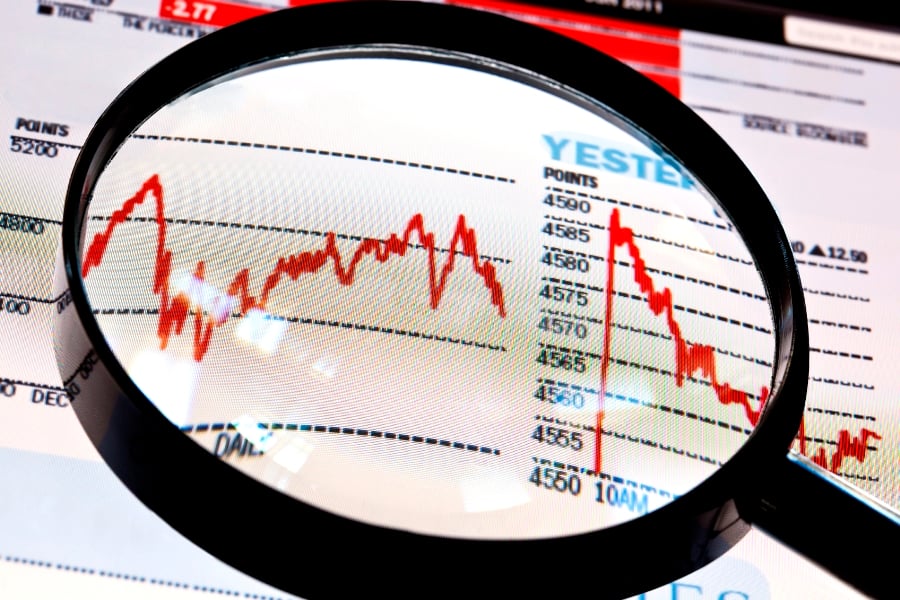In the constant banter over active-versus-passive management, fixed income is often overlooked, which could be a mistake.
Any quick scan of the financial advice community will typically produce a raft of blunt sentiments on the downside of actively managed mutual funds. But most of that chatter is in reference to the equity fund space, where finding cheaper, index-based alternatives is as easy as it gets.
The free pass that investors and financial advisers appear to give actively managed bond funds becomes obvious when you look at the net flows over the past decade.
While actively managed U.S. equity funds over the 10-year period through March saw nearly $890 billion in net outflows,
actively managed bond funds had more than $808 billion in net inflows.
Some analysts put that glaring disparity squarely on the shoulders of financial advisers, who are largely
critical of actively managed equity funds but somehow find comfort in active bond funds.
“The fact is, bond funds are sold to investors, because not many investors at the retail level have a strong understanding of bonds,” said Jeff Tjornehoj, head of Lipper Americas research. “There are also far more actively managed products in the bond space than there are passive ones.”
Fair enough. But there are still plenty of ways to gain passive and indexed exposure to fixed income. So, contrary to the equity side, where active has been generally getting trounced by passive strategies, the bond managers must be beating their benchmarks, right?
Not quite.
Across virtually every subcategory of bond funds, the active strategies trail the indexes just like their equity-fund counterparts, according to latest S&P Versus Active Report, SPIVA, from S&P Dow Jones Indexes.
For example, over the three-year period through December, only 46% of investment-grade intermediate-term corporate bond funds beat their benchmark, only 42% of high-yield bond funds beat their benchmark, and only 7% of emerging-market debt funds beat their benchmark.
The results are equally brutal for actively managed government bond funds, where only 15% of intermediate-term government bond funds, just 14% of short-term government funds, zero long-term government bond funds beat their benchmarks over the three-year period.
“The passive universe of bond funds is much younger and smaller than the equity universe and there's a belief that's partially true that active is better than passive for bond funds,” said Todd Rosenbluth, director of mutual fund and ETF research at S&P Capital IQ.
One reason advisers might feel better about paying for active management on the fixed income side of the portfolio is because active bond funds are generally less expensive than active equity funds.
According to Morningstar, the average expense ratio of an active bond fund is 98 basis points, which compares to 1.3% for the average active equity fund.
Mr. Rosenbluth said active bond funds are also probably benefiting from the high-profile presence of celebrated bond managers like Bill Gross of Janus Capital and Jeffrey Gundlach of DoubleLine Capital, who have become closely-followed market gurus.
“There's a belief that active bond fund managers can be better stewards of investing tied to the macro economy,” Mr. Rosenbluth said. “And bond investing is more complicated, and it's hard for the advisers to do it themselves, so they're more willing to pay for help.”
Trouble is, most investors in actively managed bond funds aren't getting much help, and in most cases they would be better off in an indexed fund.
A closer look at how the active bond fund categories
stacked up against the benchmarks in the S&P report shows some wide performance gaps in certain categories.
Emerging market debt funds, for example, where only 7% of the funds in the category beat their benchmark, had an average annualized loss of 4.25% over the three-year period, while the benchmark was up 56 basis points.
In the case of investment-grade intermediate-term corporate bond funds, where 46% of funds beat the index over the three-year period, the category performance is much closer, but there are still factors to consider.
The average annualized return for the active funds in the category was 1.12%, which compares to 1.09% for the benchmark. And even though passive strategies can be dirt cheap they do cost something, which could lead some advisers to favor the active funds.
Just keep in mind, we're talking about category averages, which means some active funds are beating the benchmark and in many cases, most are not.







